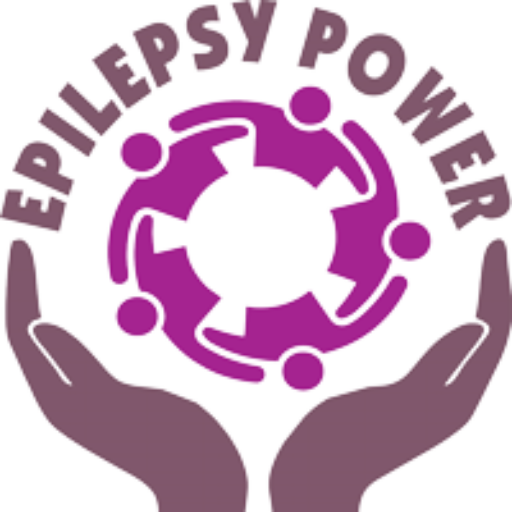- Introduction
- Section 1: Understanding Epilepsy and Its Impact on Employees
- Section 2: Creating an Inclusive Workplace Environment
- Section 3: Managing Stress and Anxiety for Employees with Epilepsy
- Section 4: Handling Frustration and Emotional Well-being
- Section 5: Supportive Workplace Policies and Legal Considerations
- Concluding Remarks
- Quiz
Total Participants: 4
N. of issued certificate: 3
To effectively manage stress, anxiety, and challenges for employees with epilepsy, employers and HR managers must foster an inclusive work environment. This section will focus on practical strategies to create an inclusive workplace that accommodates the needs of employees with epilepsy.
Educating all employees about epilepsy, its effects, and how they can support their colleagues
- Training sessions: Employers and HR managers should organise training sessions for all employees to raise awareness about epilepsy. These sessions should focus on providing accurate information about epilepsy, its causes, symptoms, and treatment options. Additionally, it is essential to address common misconceptions and dispel myths surrounding epilepsy to reduce stigma in the workplace.
- Signs and symptoms: Employees should be educated about the signs and symptoms of seizures so that they can recognize when a colleague might be experiencing one. This knowledge will help them respond appropriately and provide support if needed.
- Seizure first aid: Offering training in seizure first aid can be valuable. This includes teaching employees how to assist someone during a seizure, what to do afterward, and when to seek medical attention.
- Promote empathy and understanding: Encourage employees to put themselves in their colleagues’ shoes and understand the challenges faced by individuals with epilepsy. This fosters empathy and creates a more supportive work environment.
Exercise 1 – Exercise 2: Take a certified seizure first aid course from the Epilepsy Foundation of America: https://www.epilepsy.com/recognition/first-aid-resources
Workplace Accommodations
- Individualised accommodation plans: Work with employees who have epilepsy to develop individualised accommodation plans tailored to their specific needs. This might involve a collaborative discussion with the employee’s healthcare provider to identify suitable accommodations.
- Flexible work schedules: Offer flexibility in work schedules to accommodate medical appointments, therapy sessions, and potential seizure triggers. Providing options such as remote work or flexible hours can help reduce stress and anxiety for employees with epilepsy.
- Ergonomic considerations: For employees whose seizures are triggered by certain stimuli or activities, consider making ergonomic adjustments to their workspace. For example, reducing exposure to fluorescent lights or providing noise-cancelling headphones can be helpful.
- Seizure action plans: Encourage employees with epilepsy to develop and share seizure action plans with their supervisors and HR managers. These plans outline the appropriate steps to take in case of a seizure, ensuring a coordinated and supportive response.
- Temporary work adjustments: In case an employee needs time off or a temporary change in responsibilities due to medical reasons, be understanding and accommodating during their recovery period.
Open Communication
- Non-discriminatory policy: Have a clear and well-communicated non-discriminatory policy in place. This ensures that employees feel safe and protected when disclosing their epilepsy or any other medical condition.
- Private and confidential discussions: Create a culture where employees feel comfortable discussing their epilepsy and related concerns in private with their supervisors or HR representatives. Assure employees that such discussions will be kept confidential.
- Support networks: Consider establishing support networks for employees with epilepsy. These groups can provide a safe space for open discussions and shared experiences.
- Feedback mechanisms: Set up feedback mechanisms or suggestion boxes where employees can provide anonymous feedback, voice concerns, or suggest improvements regarding inclusivity and support for those with epilepsy.
- Inclusive language and behaviour: Encourage the use of inclusive language and behaviour throughout the workplace. This includes promoting empathy, avoiding insensitive comments, and being mindful of the challenges faced by employees with epilepsy. For example, many people with epilepsy do not like the use of the word ‘epileptic’ and the term ‘seizure’ is often preferred to ‘fit’.
By implementing these practical strategies, employers and HR managers can foster an inclusive work environment that supports and accommodates the needs of employees with epilepsy, but also other chronic conditions. This not only benefits the well-being of those directly affected but also enhances the overall workplace culture, productivity, and employee satisfaction.
